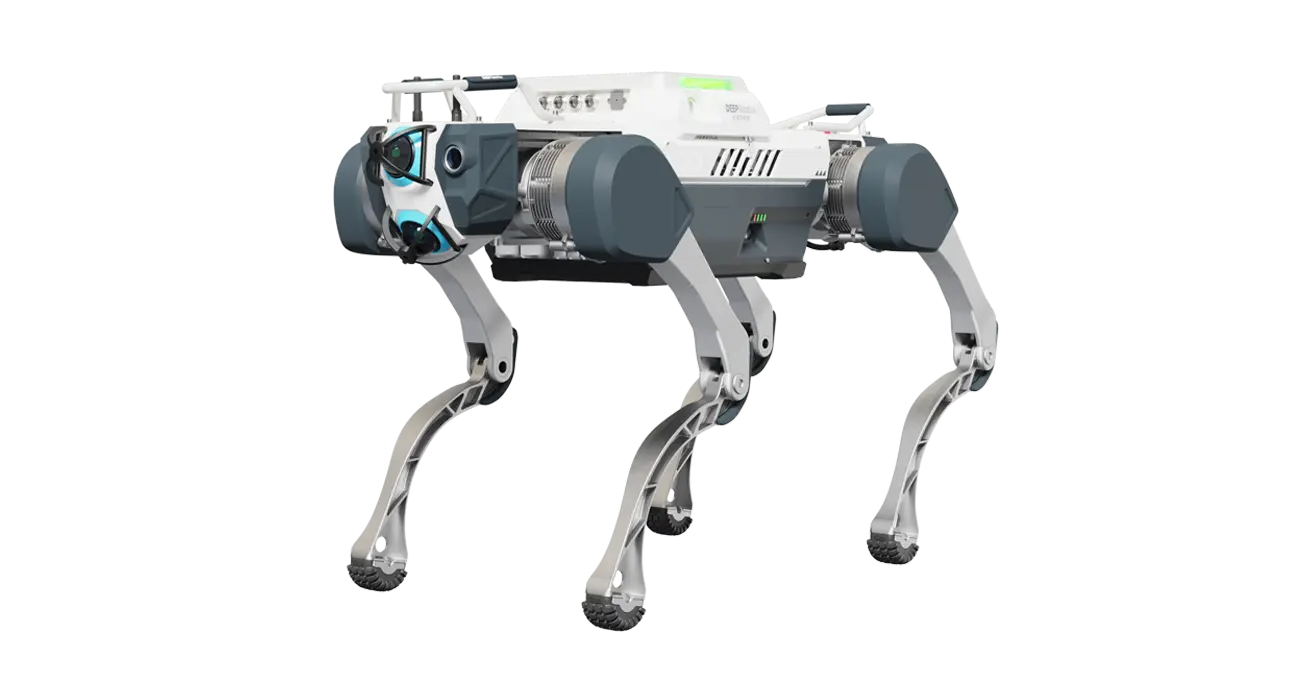Tasks: Inspection, Investigation, Security, Surveying, Mapping, Search and Rescue
DOFs per Leg: N/A
Weight: 53 kg
Max. Speed: 4 m/s
Max. Payload: N/A
Max. Slope: 45°
Average Runtime: N/A
Min. Size: N/A
Max. Size: 1000L 585W 470H (mm)
Manipulation: arm, gripper / hand
IP Rating: IP67
Updated: Jul 05, 2024 |
DEEPRobotics |
China |
Year: 2023 |
 Research
Research  Industrial
Industrial  Consumer
Consumer  Social
Social  Service
Service  Assistive
Assistive  Medical & Healthcare
Medical & Healthcare  Emergency Response
Emergency Response  Building & Construction
Building & Construction  Other Infrastructure
Other Infrastructure  Transport
Transport  Arts & Entertainment
Arts & Entertainment  Agriculture & Forestry
Agriculture & Forestry  Law & Order / Security
Law & Order / Security  Other
Other 


 Showing only 'Consumer' robots within the 'Legged' category.
Showing only 'Consumer' robots within the 'Legged' category. 


 Linkedin
Linkedin in Sydney, Australia.
in Sydney, Australia.